T4K3.news
Webb Telescope reveals exoplanet candidate and Pluto haze
JWST data hint at a Saturn-sized planet around Alpha Centauri A; follow-up observations planned.
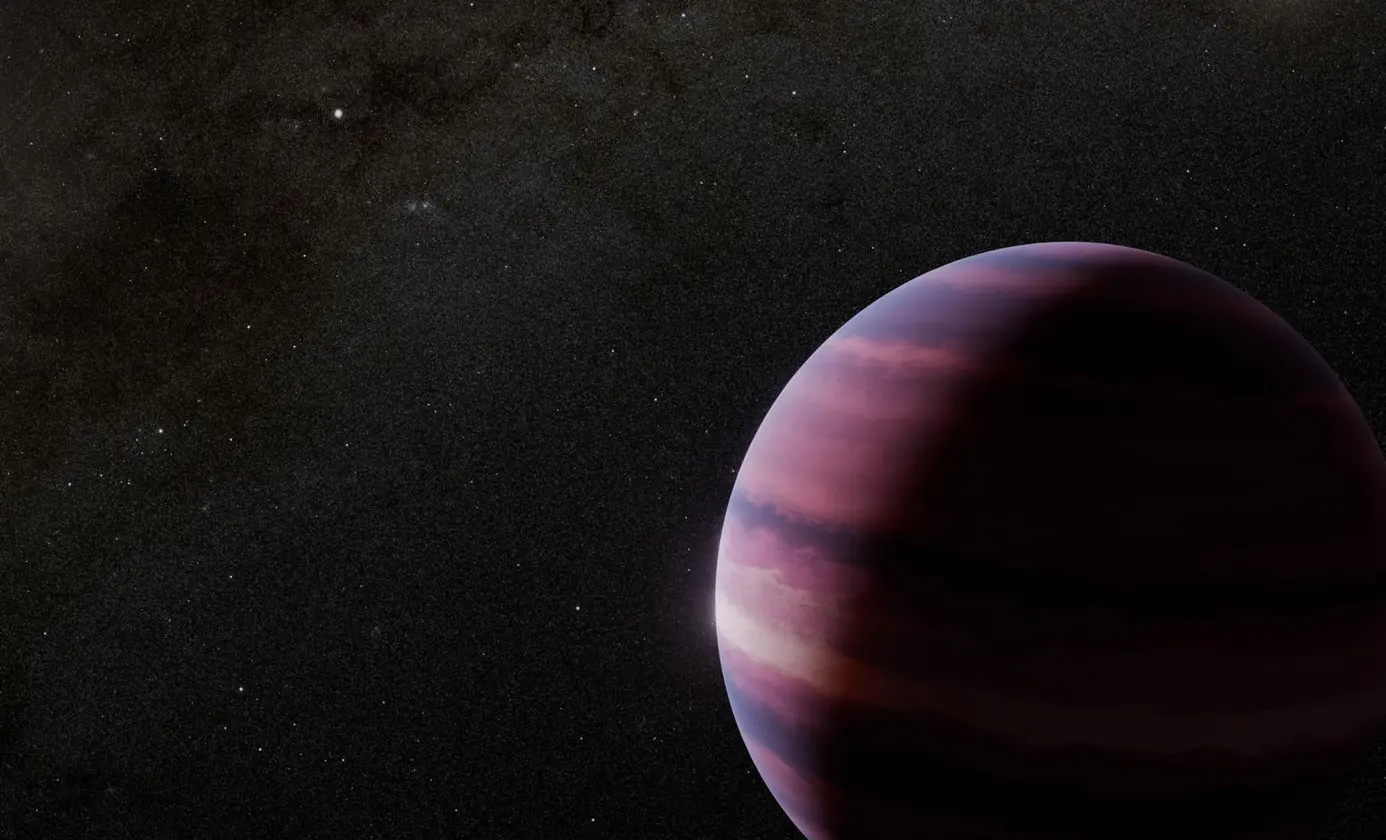
Two JWST findings probe nearby stars and a distant dwarf planet, revealing new twists in planetary science.
Webb Telescope Discovers Saturn-sized Planet Candidate and Pluto Climate Insight
Using the James Webb Space Telescope, researchers observed Alpha Centauri A in August 2024 and found a faint object about two astronomical units away, roughly twice the Earth-Sun distance. The signal is more than 10 000 times fainter than its host star, which suggests a gas giant with a mass similar to Saturn in an elliptical orbit. The team used a coronagraph to block bright starlight, a technique needed to see such faint signals near bright stars. In follow up observations in 2025, the object did not show up in all orbital scenarios, leaving the case unsettled. If confirmed, this would be the closest directly imaged exoplanet to a Sun-like star and one of the few likely in the habitable zone, though it would still be a gas giant.
In a separate JWST finding, Pluto shows a climate not driven mainly by its thin nitrogen methane atmosphere but by a high altitude haze reaching about 125 miles up. The haze contains organic grains similar to those seen on Titan and wraps in thin films of hydrocarbon and nitrile ice. The particles absorb sunlight during the day and radiate infrared energy at night, cooling the upper atmosphere and stabilizing it at about minus 333 degrees Fahrenheit. The 2022 observations allowed scientists to separate Pluto's faint thermal glow from its moon Charon, confirming the extra glow comes from Pluto itself. The findings hint that hazy atmospheres could shape climate on other distant worlds and may inform models of early Earth and the origin of life.
Key Takeaways
"If confirmed, this would be the closest directly imaged exoplanet"
Seasoned as a potential landmark for nearby star systems
"Pluto's climate is powered by a high altitude haze acting as a thermostat"
Describes the mechanism behind the weather on Pluto
"JWST turns faint signals into clear pictures of distant worlds"
Editorial take on the telescope's impact
The dual JWST findings show how far the telescope has pushed into questions that blend nearby stars with far off worlds. The Alpha Centauri result, if proven, would reposition our sense of what is possible in direct imaging and planetary orbits around a bright, triple-star system. It also raises the stakes for follow up with future missions. The Pluto result demonstrates JWST's ability to read the climate on a dwarf planet, using a haze mechanism that could be common in other hazy worlds. Taken together, the discoveries encourage a broader view of how atmospheres hide their weather in plain sight and how small signals can reveal large truths. Yet both results demand caution: signals can disappear with more data, and models must adapt to new evidence rather than cling to expectation.
Highlights
- Nearest directly imaged planet takes a step closer to reality
- Pluto proves a haze can drive a planet's weather
- The cosmos keeps giving us fresh pictures of old questions
- JWST turns faint light into a bright story about distant worlds
Future observations will sharpen the signal and test these early conclusions.
Enjoyed this? Let your friends know!
Related News
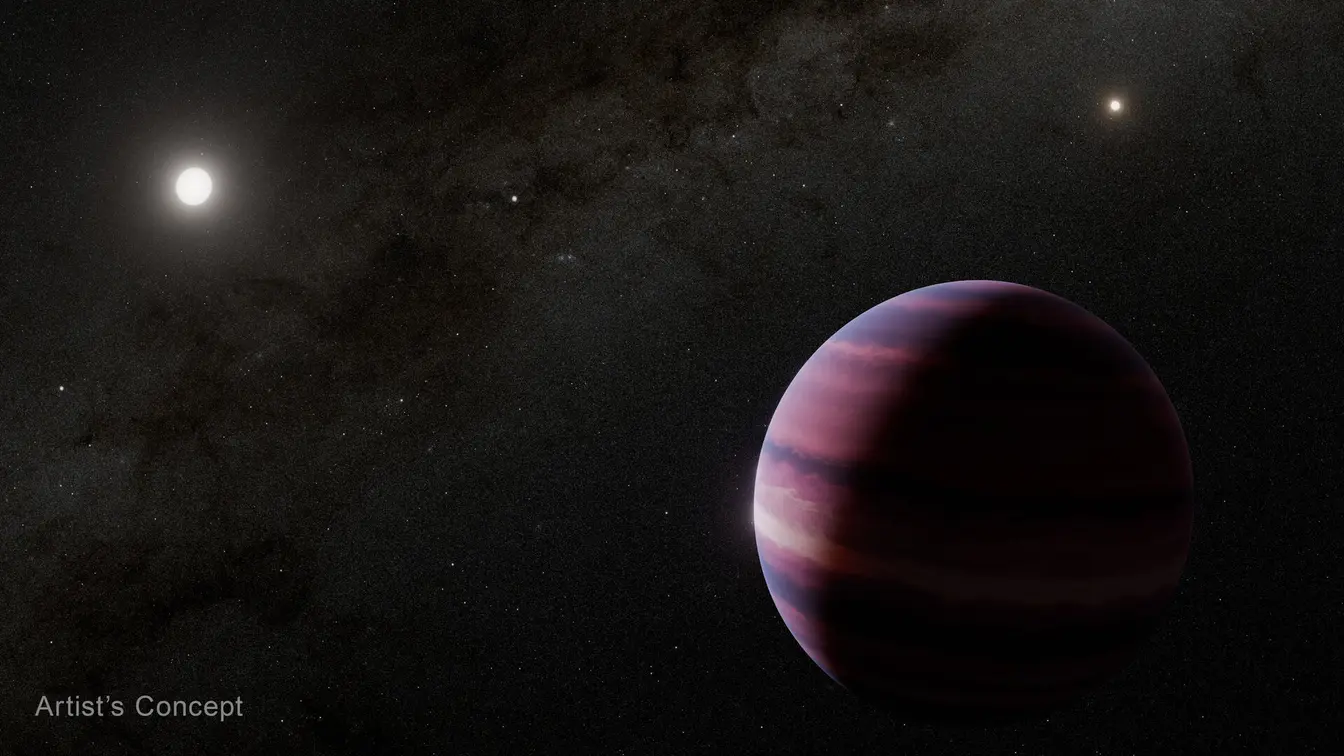
Astronomers detect potential gas giant near Alpha Centauri
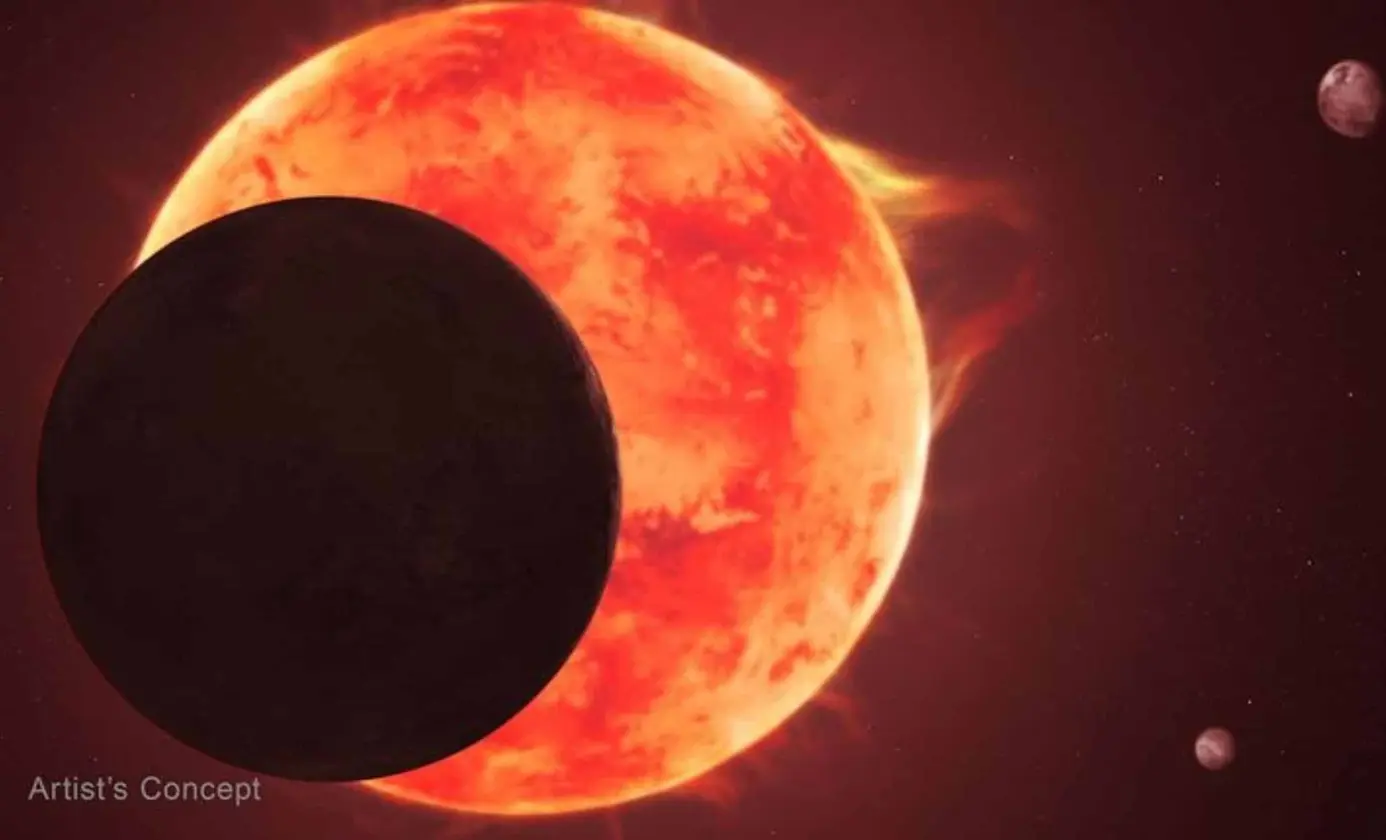
TRAPPIST-1 d Update
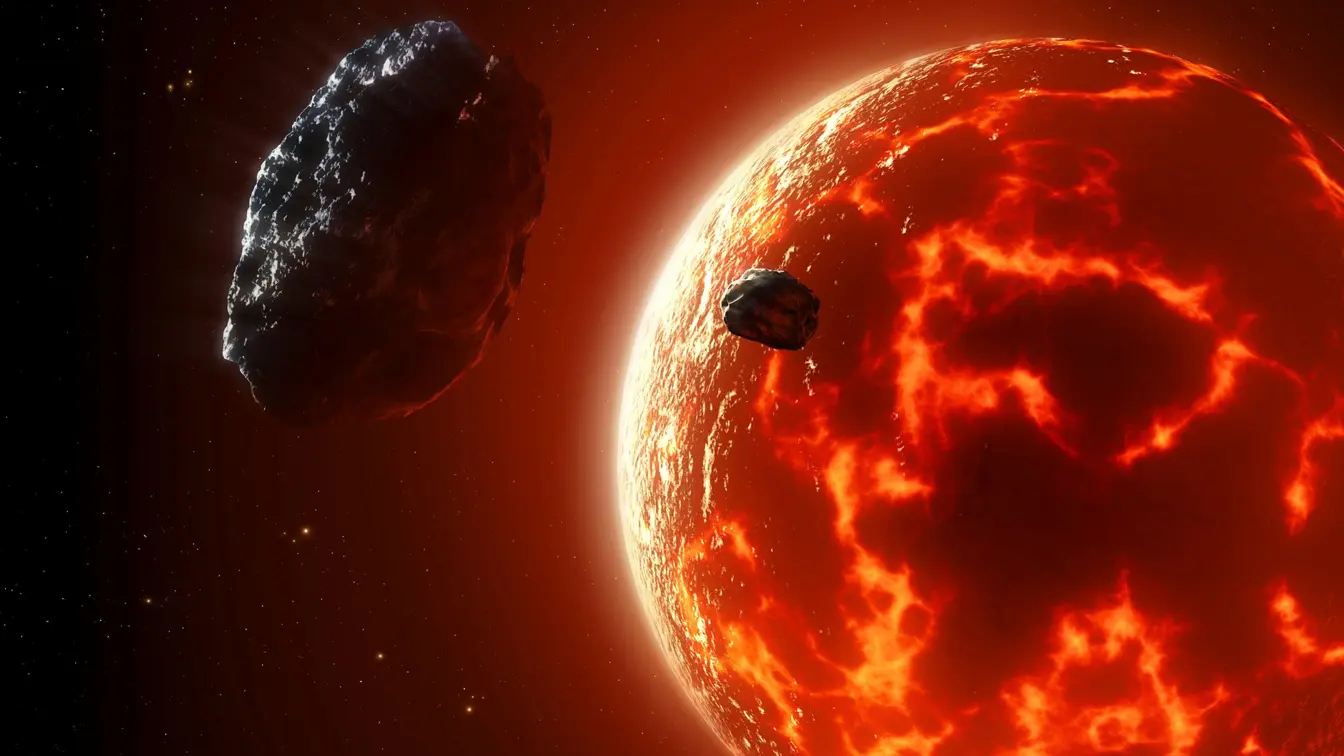
Astronomers discover deadly new exoplanet
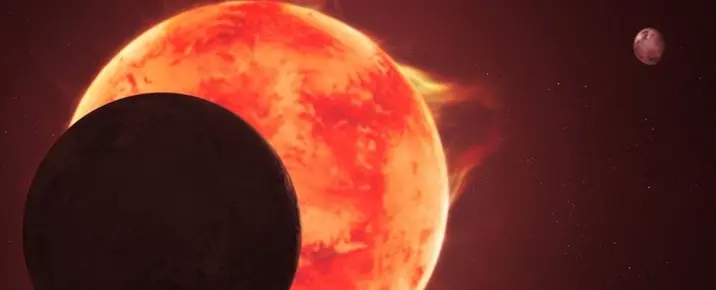
JWST Finds No Earthlike Atmosphere on TRAPPIST-1 d
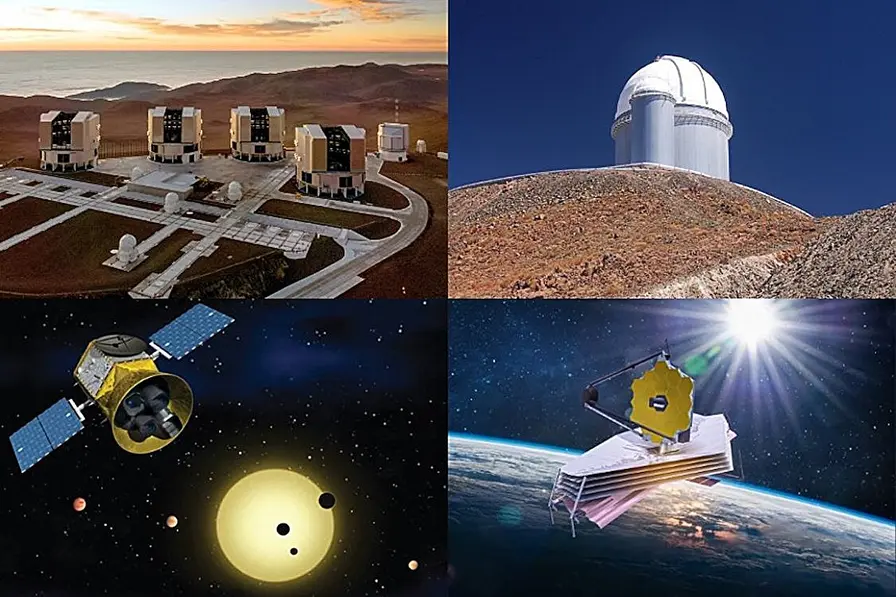
Fifth potentially habitable planet confirmed in L 98-59 system
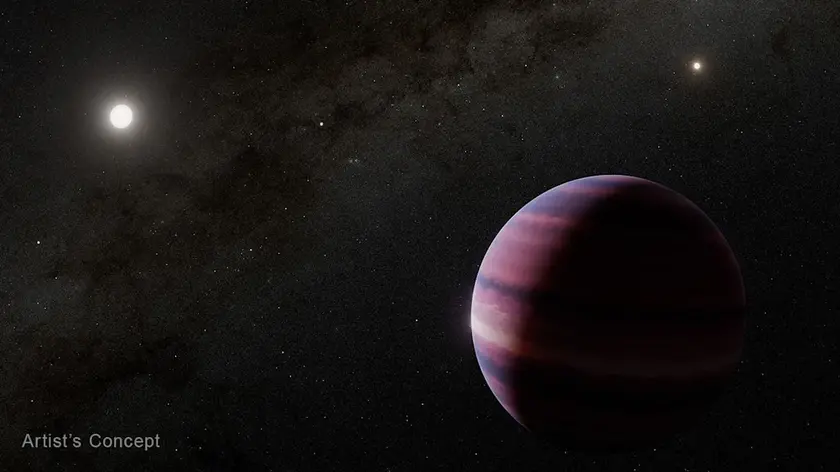
Possible planet spotted near Alpha Centauri

James Webb Telescope may have found early cosmic light sources

James Webb spots 300 bright early universe objects
